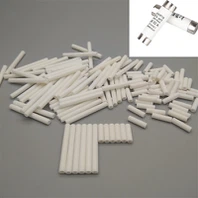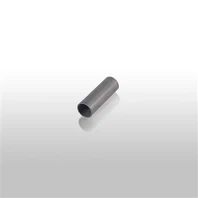Alumina, or aluminum oxide (Al2O3), is used as a substrate material in many electronic applications. The dielectric constant of alumina typically falls in the range of 9.0 to 10.0. This property makes alumina particularly desirable for applications in integrated circuits and other electronic components.
What Is Dielectric Constant
The dielectric constant, also known as the relative permittivity, is a measure of a material's ability to store electrical energy in an electric field. This property is very important for insulating layers and supporting the overall functionality of electronic devices when it comes to alumina substrates. The relatively high dielectric constant of alumina contributes to its effectiveness in these roles. However, it's crucial to keep in mind that variables like the type of alumina used, its crystal structure, and the presence of any impurities can affect the precise dielectric constant.
Applications of Alumina Substrate
In the realm of electronic manufacturing, alumina substrates find application in diverse areas such as semiconductor devices and integrated circuits. The dielectric constant is a critical parameter in the design and performance of these electronic circuits. Alumina substrates make it easier for electronic parts to work well by providing a stable and reliable insulating layer.
Because alumina has a high dielectric constant and other good properties like high thermal conductivity and mechanical strength, it can be used in many different electronic applications. Engineers and designers carefully consider these material characteristics when selecting substrates for electronic devices, ensuring optimal performance and reliability. Basically, alumina's dielectric constant is one of the most important factors in making electronic technology better because it makes it possible to build complex and useful electronic circuits.




